In accordance with the discussion at SATIF15, we propose the same intercomparison problems of particle production from targets. Relatively large differences are observed for neutron and proton especially at small and large angles between Geant-4, PHITS, FLUKA-2021.2 and FLUKA 4-2.2. Results by using MARS and MCNP were desired to include in this intercomparison.
At SATIF16, we will present...
The changes in the results of calculations and comparisons with experimental data when fusion reactions are explicitly treated in low-energy heavy ion reactions in the transport calculation code PHITS will be discussed. The CCFULL model is used to obtain the fusion cross section. Fusion reactions have been output as a result of JQMD simulations and not been treated explicitly in PHITS, but...
The production of neutrons in photon-induced nuclear reactions in the giant-dipole-resonance energy domain remains a topic of high interest for various applications, including the activation and decommissioning of electron accelerator facilities, the detection of illicit materials for homeland security, and the evaluation of neutron dose received by patients during radiotherapy treatments....
For advanced shielding design of high energy electron accelerators, accuracy of nuclear model and data base used in the theoretical simulations should be validated with the experimental data. For this purpose, shielding and activation experiment with secondary particles generated from the beam dump was performed using 2.2, 4.3, 6.4 and 8.45 GeV electron beams at JLAB. The beam dump consists of...
Nuclide production cross sections are key information to derive the residual $\gamma$-ray dose rate at accelerator facilities. To contribute the research and development of Accelerator-Driven System (ADS), a research program to measure the nuclide production cross sections was launched at Japan Proton Accelerator Research Complex. As of now, we already acquired the nuclide production cross...
In 2021 the oversight and future development of the Shielding Integral Benchmark Archive Database (SINBAD) was transferred to the SINBAD Task Force (TF) supervised by the OECD NEA Expert Group on Physics of Reactor Systems (EGPRS). The TF consist of shielding experts, experimentalists, and benchmark evaluators from the EGPRS and other invited experts. It was originally mandated to operate for...
Keywords: air ionization chamber, FLUKA4, dose rate measurement, area monitoring
The Large Hadron Collider (LHC) at CERN is the world’s largest particle accelerator capable of accelerating protons beams up to 6.8 TeV. The operation of the LHC machine generates unavoidable high-energy mixed radiation fields due to the particle debris of proton-proton inelastic interactions and the consequent...
Among the radiation effects to detector and electronic components, the displacement damage due to neutron exposure is a key aspect. At ELBE an optimal neutron radiation source for radiation hardness studies is provided at the pELBE beamline at the ELBE Positron Source facility (EPOS), as secondary radiation with unique properties. The heart of EPOS is a 1 cm W target, which not only induces...
The CERN Shielding Benchmark Facility (CSBF) is an installation embedded in the shielding structure of the CERN High Energy Accelerator Mixed field facility (CHARM), located in the East Experimental Area. At CHARM, the 24 GeV/c primary proton beam from the Proton Synchrotron is sent on one out of three possible targets to produce the desired secondary radiation field. The CSBF was specifically...

